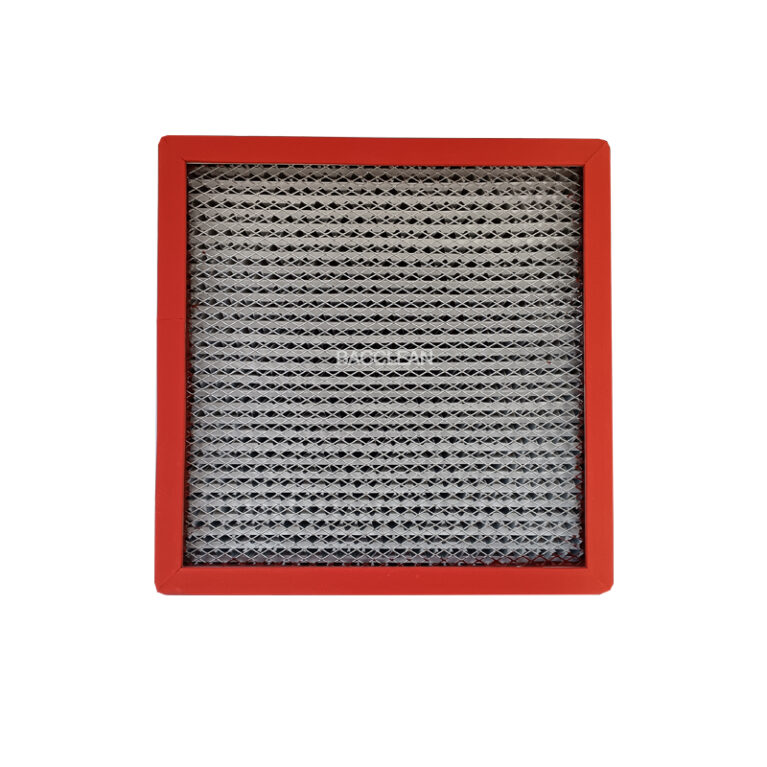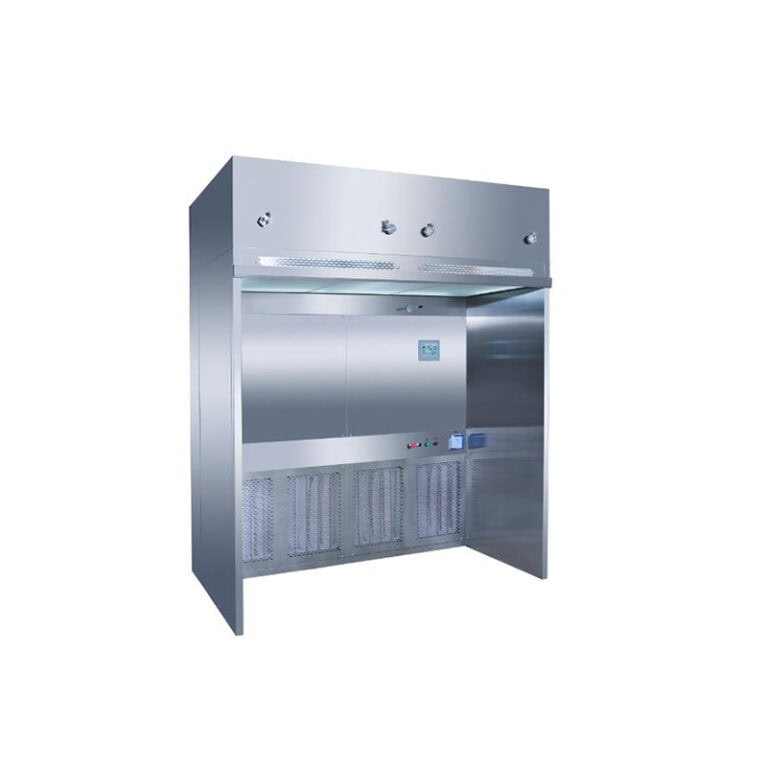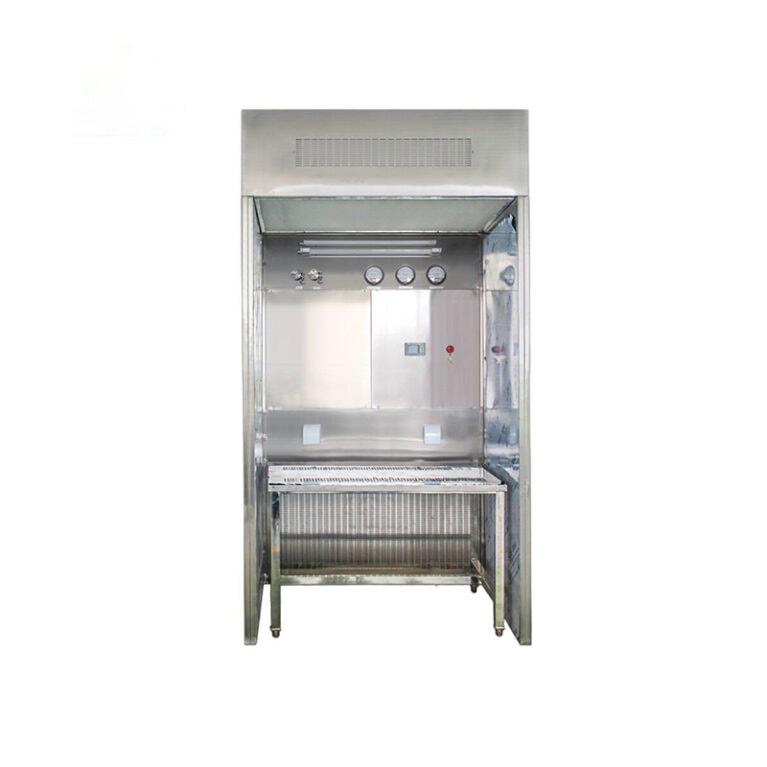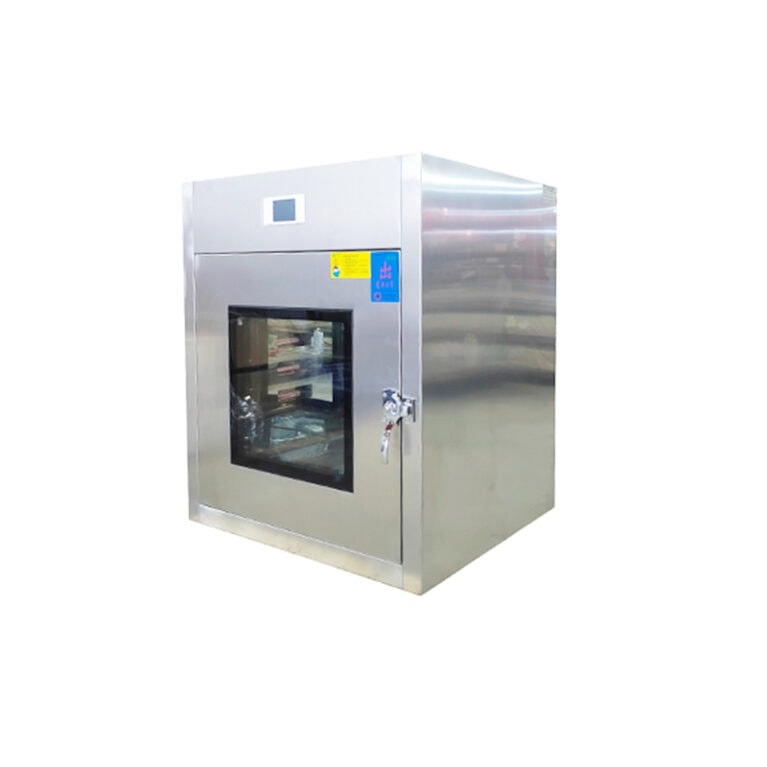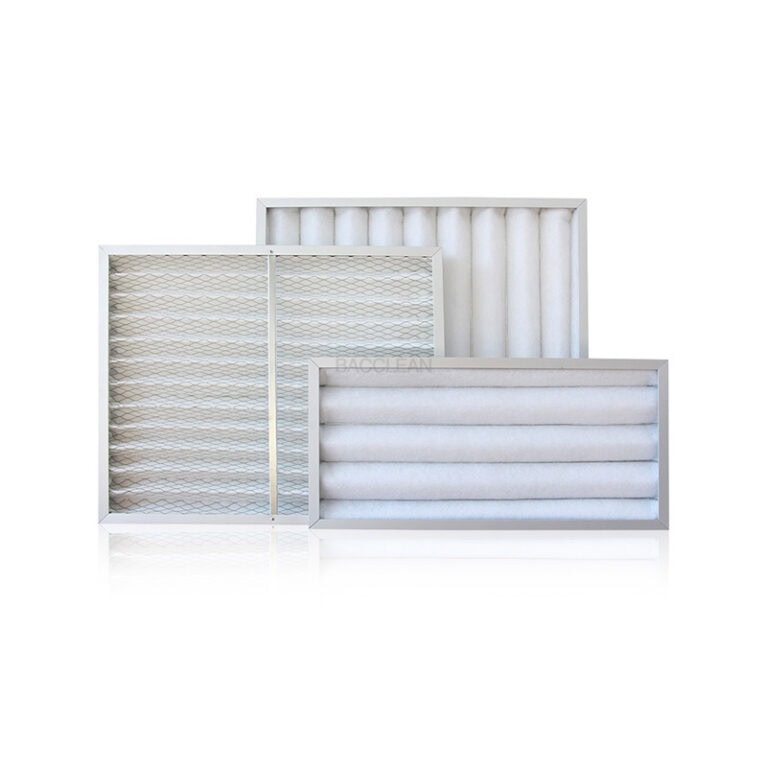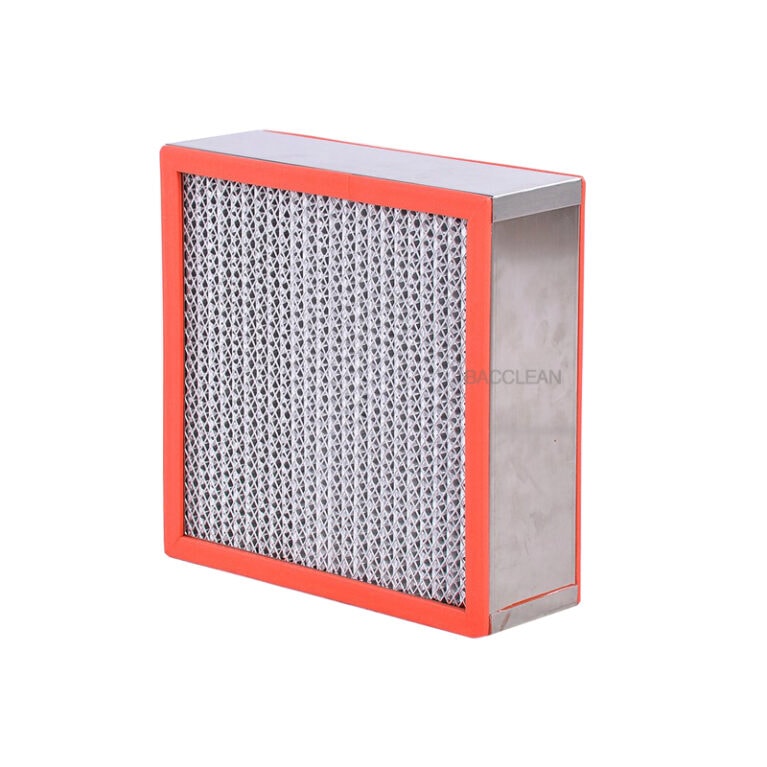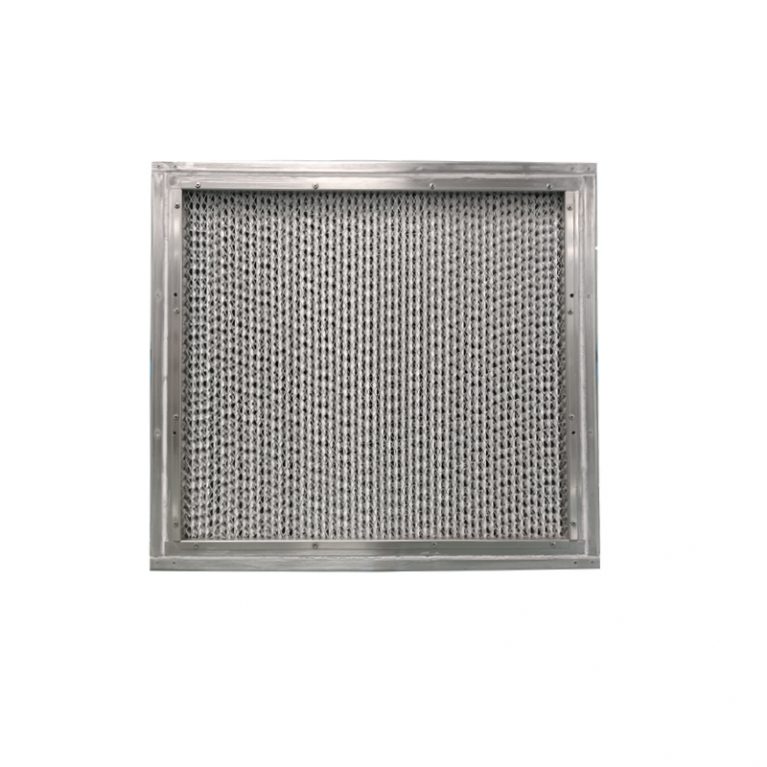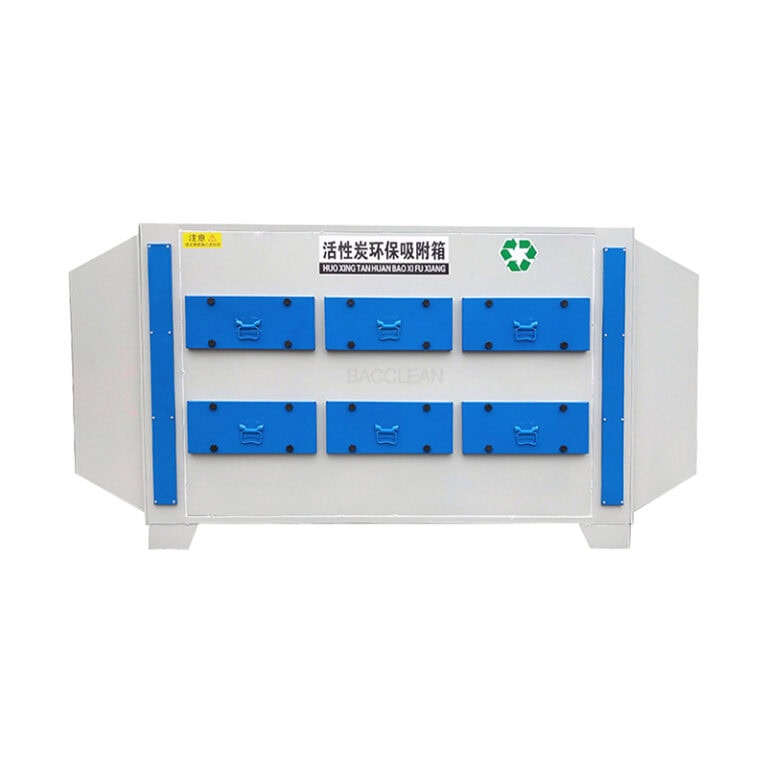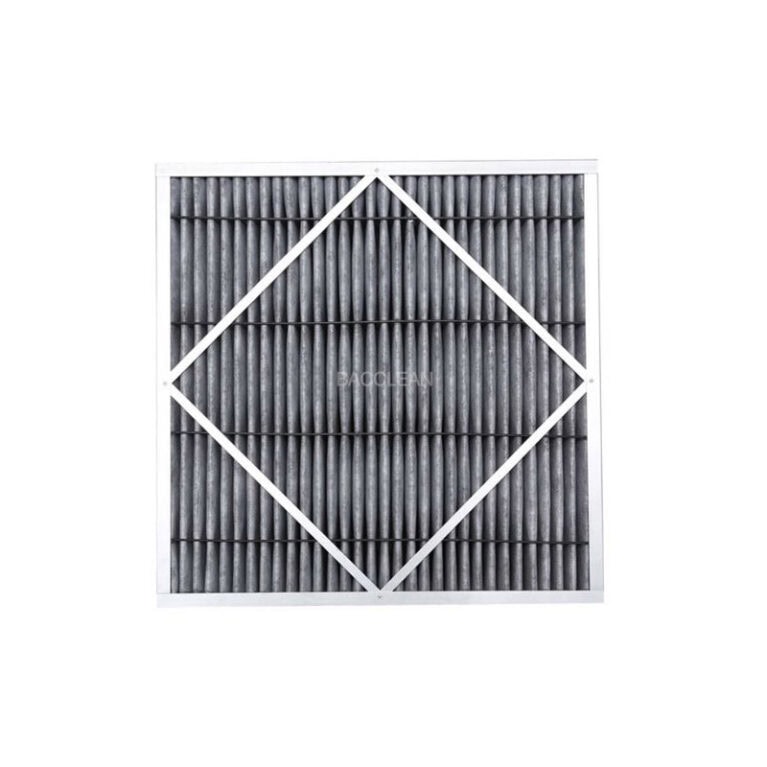لتحديد ما إذا كان الفلتر المدمج ذو الإطار المطوي يحتاج إلى الاستبدال، يجب إجراء حكم شامل بناءً على عوامل متعددة مثل توهين أداء الترشيح والتغيرات في المقاومة وحالة المظهر وبيئة الاستخدام، لتجنب الاستبدال المبكر الذي يسبب الهدر أو الاستبدال المتأخر الذي يؤثر على تشغيل النظام. فيما يلي طرق ومؤشرات الحكم المحددة:
I. مؤشر الحكم الأساسي: تصل المقاومة (فرق الضغط) إلى الحد الأعلى
إن مقاومة الهواء (فرق الضغط) للمرشح هي المؤشر الأكثر مباشرة لتحديد ما إذا كان الفلتر مسدودًا أم لا، وهي أيضًا الأساس الأكثر استخدامًا للاستبدال في الصناعة.
المبدأ: تكون مقاومة المرشح الجديد منخفضة نسبيًا (يشار إليها باسم "المقاومة الأولية"). ومع تراكم الغبار المرشح باستمرار، تنسد مسام مادة المرشح، وتزداد المقاومة عند مرور الهواء من خلاله تدريجيًا (يشار إليها باسم "المقاومة النهائية"). عندما تصل المقاومة إلى "المقاومة النهائية" المحددة من قبل الشركة المصنّعة، فهذا يشير إلى أن مادة الفلتر مشبعة ويجب استبدالها.
طريقة التشغيل
قم بتركيب مقاييس الضغط التفاضلي (مثل مقاييس الضغط التفاضلي على شكل حرف U أو أجهزة إرسال الضغط التفاضلي الإلكترونية) قبل وبعد المرشح لمراقبة تغيرات المقاومة في الوقت الفعلي.
سجّل "المقاومة الأولية" للمرشح (المقاومة عند تركيبه حديثًا، عادةً ما تكون 5-20 باسكال، حسب الطراز).
عندما ترتفع المقاومة إلى "المقاومة النهائية" (بشكل عام من 2 إلى 3 أضعاف المقاومة الأولية، على سبيل المثال، المقاومة الأولية 10 باسكال والمقاومة النهائية حوالي 20 إلى 30 باسكال، يرجى الرجوع إلى دليل المنتج للحصول على التفاصيل)، يجب استبداله.
ملاحظة: إذا لم يتم تركيب مقياس الضغط التفاضلي، يمكن الحكم عليه بشكل غير مباشر من خلال انخفاض حجم الهواء في نظام التهوية (مثل ضعف كبير في قوة الرياح عند المخرج) - ستؤدي المقاومة المفرطة إلى عدم كفاية حجم الهواء، مما يؤثر على التشغيل العادي لنظام التهوية أو تكييف الهواء.
2. الفحص البصري: مادة المرشح ملوثة أو تالفة
من خلال مراقبة مظهر الفلتر بالعين المجردة، يمكن للمرء أن يحدد بسرعة ما إذا كان يحتاج إلى استبداله على وجه السرعة.
تراكم الغبار الشديد على سطح مادة المرشح: إذا كان سطح مادة الفلتر (مثل القماش غير المنسوج والألياف الزجاجية) مغطى بالغبار، أو أسود أو متكتل، ولا يزال يتعذر تنظيفه بعد نفخه بالهواء المضغوط (عادةً ما تكون المرشحات ذات الإطار المطوي قابلة للاستخدام مرة واحدة ولا يمكن تنظيفها)، فهذا يشير إلى أن قدرة استيعاب الغبار قد وصلت إلى الحد الأعلى، وانخفضت كفاءة الترشيح بشكل كبير.
تلف مادة المرشح أو تشوهها
إذا كانت مادة الفلتر ممزقة أو بها ثقوب (والتي قد تكون ناجمة عن التركيب غير السليم، أو تأثير تدفق الهواء، أو ثقب جسم غريب)، فإن الهواء غير المفلتر سيخترقها مباشرة، مما يفقدها وظيفة التصفية. يجب استبداله على الفور.
يؤدي انهيار هيكل الإطار المطوي وتشوه الشبكة الواقية إلى تجعد أو تكدس مادة المرشح، مما يقلل من مساحة الترشيح ويتطلب الاستبدال.
فشل ختم الحافة: تظهر فجوات في منطقة الختم بين الإطار الخارجي ومادة الفلتر (مثل تقشر الغراء أو تقادم شريط الختم)، مما قد يتسبب في "تجاوز" (تدفق الهواء عبر الفجوات دون ترشيح). عند هذه النقطة، حتى لو لم تكن مادة الفلتر مشبعة، يجب استبدالها لضمان تأثير الترشيح.
ثالثاً التقدير على أساس بيئة الاستخدام والدورة
إذا كان هناك نقص في معدات المراقبة، يمكن إصدار حكم تقريبي بناءً على مستوى التلوث في بيئة الاستخدام ودورة الاستبدال بناءً على الخبرة، ولكن يجب إجراء تعديلات في ضوء الوضع الفعلي
في البيئات الملوثة بشدة، مثل أنظمة التهوية بالقرب من المناطق الصناعية ومواقع البناء، أو الورش التي تحتوي على الكثير من الغبار (مثل ورش النجارة والمسابك)، يكون معدل تراكم الغبار للمرشحات سريعًا، وعادةً ما تكون دورة الاستبدال من شهر إلى 3 أشهر.
بالنسبة للبيئات العادية، مثل أنظمة تكييف الهواء المركزية في مباني المكاتب ومراكز التسوق والأماكن العامة الأخرى، يكون التلوث خفيفًا نسبيًا، ودورة الاستبدال بشكل عام من 3 إلى 6 أشهر.
الترشيح المسبق في البيئات النظيفة، مثل الترشيح الأولي في الغرف النظيفة (المستخدم لحماية المرشحات متوسطة وعالية الكفاءة)، حيث أن الهواء المنطلق قد خضع بالفعل لمعالجة معينة، يمكن تمديد دورة الاستبدال إلى 6-12 شهرًا، ولكن يجب التأكد من ذلك بالتزامن مع مراقبة الضغط التفاضلي.
ملاحظة: الدورة هي للإشارة فقط. في حالة التلوث البيئي المفاجئ (مثل العواصف الرملية وتسرب الغبار في الورش)، من الضروري الفحص والاستبدال مسبقًا.
رابعا ـ الحكم الإضافي: تشغيل النظام غير الطبيعي
عند حدوث تشوهات في نظام الترشيح أو المعدات المرتبطة به، قد يكون ذلك إشارة غير مباشرة لفشل المرشح:
تلوث المعدات في المصب: إذا تم استخدام المرشح ذو الإطار المطوي كمرشح مسبق للمرشح، وانسدت المرشحات متوسطة/عالية الكفاءة في اتجاه مجرى الهواء قبل الأوان أو زاد معدل تراكم الغبار على سطح المعدات (مثل تراكم الغبار في قنوات تكييف الهواء أو الغبار الزائد في الغرف النظيفة)، فقد يكون مرشح الإطار المطوي قد فشل ولا يعترض الجسيمات الخشنة بشكل فعال.
ارتفاع استهلاك الطاقة: تستهلك المراوح في نظام التهوية المزيد من الكهرباء للتغلب على المقاومة العالية. إذا زادت فاتورة الكهرباء بشكل كبير وتم استبعاد الأعطال الأخرى، فقد تكون مقاومة الفلتر عالية جدًا، ويجب استبداله لتقليل استهلاك الطاقة.
ملخص: تغيير أولوية الحكم
الخيار الأول: يصل فرق الضغط إلى المقاومة النهائية (الأكثر علمية ودقة، ومناسب للسيناريوهات التي تحتوي على معدات مراقبة);
الخيار الثاني: تلوث أو تلف واضح في المظهر (حكم بديهي، ينطبق على جميع السيناريوهات، خاصة في الحالات التي تتطلب الاستبدال العاجل);
المرجع: التقدير البيئي وتقدير الدورة (كعنصر مساعد، يجب التحقق منه مع العنصرين الأولين).
يمكن أن يمنع الاستبدال في الوقت المناسب للمرشحات المدمجة ذات الإطار القابل للطي الفاشلة من انخفاض كفاءة التهوية، أو زيادة استهلاك الطاقة، أو تلف المعدات النهائية، أو تدهور جودة الهواء الداخلي، مع ضمان اقتصاد واستقرار نظام الترشيح.
